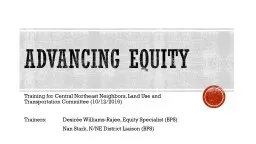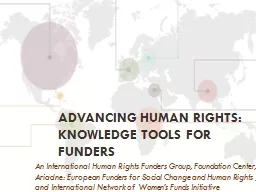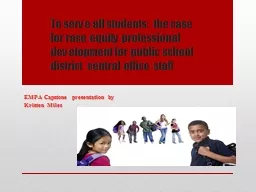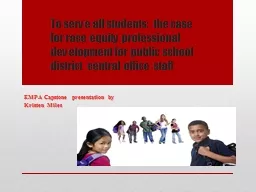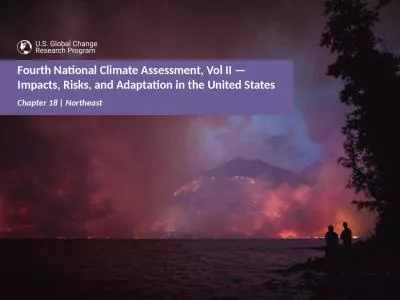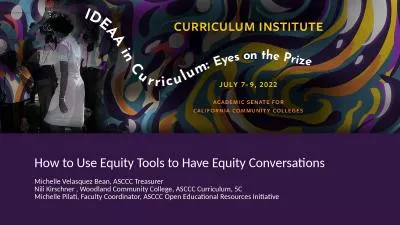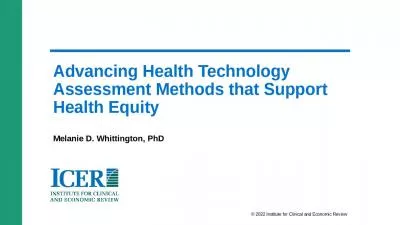PPT-Advancing Equity Training for Central Northeast Neighbors, Land Use and Transportation
Author : sherrill-nordquist | Published Date : 2018-03-06
Trainers Desirée WilliamsRajee Equity Specialist BPS Nan Stark NNE District Liaison BPS GOALS Build awareness of equity principles and practices Develop tools
Presentation Embed Code
Download Presentation
Download Presentation The PPT/PDF document "Advancing Equity Training for Central No..." is the property of its rightful owner. Permission is granted to download and print the materials on this website for personal, non-commercial use only, and to display it on your personal computer provided you do not modify the materials and that you retain all copyright notices contained in the materials. By downloading content from our website, you accept the terms of this agreement.
Advancing Equity Training for Central Northeast Neighbors, Land Use and Transportation: Transcript
Download Rules Of Document
"Advancing Equity Training for Central Northeast Neighbors, Land Use and Transportation"The content belongs to its owner. You may download and print it for personal use, without modification, and keep all copyright notices. By downloading, you agree to these terms.
Related Documents

